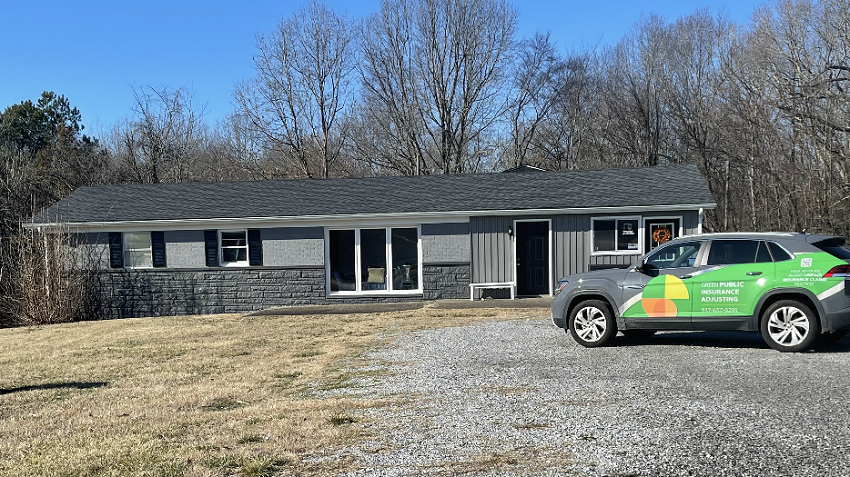In the world of insurance restoration, relationships are key. One of the most important decisions a contractor can make is whether to refer their insurance clients to a preferred public insurance adjuster (PIA) or firm for claims representation. While building a trusted referral partnership can streamline claims resolution and benefit both parties, referring all clients without discretion may pose risks. Let’s explore the benefits, drawbacks, and best practices to help contractors make the right call.
✅ The Case For Referring to a Preferred PIA
1. Streamlined Communication & Workflow
A trusted PIA can help manage the chaos of insurance claims. From negotiating with adjusters to documenting scope, their support reduces friction and frees up the contractor to focus on rebuilding.
2. Higher Likelihood of Fair Settlements
Public adjusters advocate for the policyholder, often identifying missing line items or coverage disputes that could leave restoration contractors underpaid. A strong PIA relationship may lead to better-funded jobs.
3. Familiarity with Your Processes
Working repeatedly with the same PIA means they learn your invoicing style, project timelines, and documentation preferences—making collaboration smoother and more efficient.
❌ The Case Against Blanket Referrals
1. Potential Conflicts of Interest
Some clients may feel pressured if a contractor appears too closely aligned with one PIA. This can create mistrust—especially if they suspect their best interests aren’t the top priority.
2. Licensing and Legal Issues
In many states, contractors cannot legally “solicit” for public adjusting services unless licensed. Referral arrangements that cross this line could raise regulatory concerns.
3. Not All Clients Are a Match
A one-size-fits-all approach ignores the fact that each client, property, and claim is unique. A PIA who excels in large commercial losses may not be the best fit for a small residential fire claim—or vice versa.
4. Reputation Risk
If a contractor repeatedly refers clients to a PIA who performs poorly, mismanages a claim, or is unresponsive, it can damage the contractor’s reputation and relationships.
🤝 Best Practices for Contractors Considering PA Referrals
- Provide Options, Not Directives
Offer a list of reputable public adjusters and allow the client to choose whom to engage. Be transparent that you do not benefit financially from the decision (unless properly disclosed and legal in your state).
- Stay Within Legal Boundaries
Check your state’s regulations on public adjuster referrals. In some jurisdictions, referring a PIA could be interpreted as unauthorized adjusting activity if not carefully structured.
- Vet the PIA’s Track Record
Make sure any PIA you recommend is licensed, insured, and has a solid track record of ethical advocacy and professional communication.
- Use a Disclaimer
Include a standard referral disclaimer in your client agreement or email communication, clarifying that the referral is optional and for informational purposes only.
- Revisit the Relationship Regularly
Just like with subcontractors, evaluate performance over time. Are your clients happy? Are claims being settled promptly? Don’t hesitate to make a change if standards slip.
🔚 Final Thoughts
While referring insurance clients to a preferred public adjuster can enhance your service and support smoother claim outcomes, doing so universally can backfire if not managed carefully. The key is balance: offer referrals thoughtfully, maintain transparency, and always prioritize the client’s best interests.
By forging strategic, ethical partnerships and educating clients about their options, restoration contractors can position themselves as trusted guides—not just builders, but protectors of the policyholder’s path to recovery.





